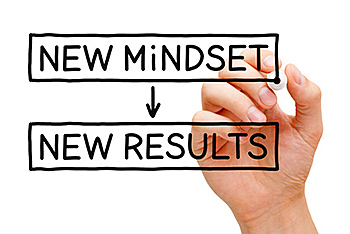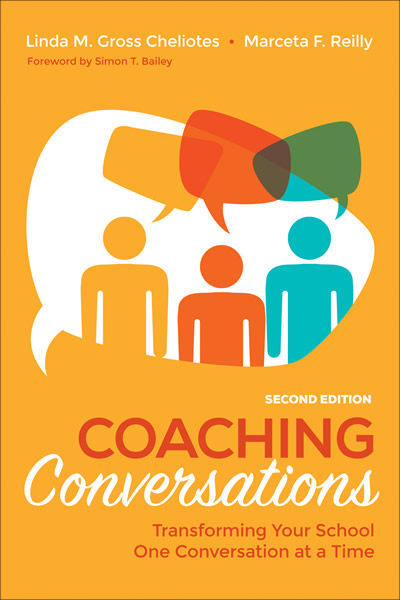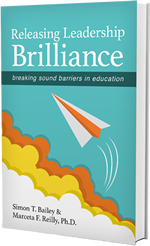 So much to do… so little time! You are running around in circles, making impossibly long lists of “must do’s,” and sleeping restlessly at night. You’re grouchy and grumpy with the kids, and short on humor with your spouse.
So much to do… so little time! You are running around in circles, making impossibly long lists of “must do’s,” and sleeping restlessly at night. You’re grouchy and grumpy with the kids, and short on humor with your spouse.
What is going on here? I believe it may be a sign of stress. At this time of year there is so much to do…
- Spending too much money on gifts you need to buy
- Decorating your home and putting up outside lights to keep up with the neighbors
- Writing, posting, and mailing the annual Christmas/Holiday letter
- Planning, buying, and cooking a family feast that is over in less than an hour
It’s supposed to be a joyful, family time of the year. So why are you feeling so empty and stressed out?
I believe it’s because we let ourselves get focused on the wrong goals. Marshall Goldsmith calls it “Goal Obsession.” We want to have a lovely, joyous winter holiday, but we get so focused on doing things to make it perfectly lovely, that we lose all the joy in it.
So how do you change this?
First take a deep breath… or two… or three.
Then listen to your heart.
What is your heart telling you that’s the most important among all the possible things you could do to make the holiday lovely AND joyous?
Your heart knows what to do if you take time to listen.
Then let go of any tasks that take away the joyous part of the holiday for you.
- If you don’t get the cards sent, maybe you can send Valentine notes instead
- Only put up the Christmas decorations that really hold special meaning for you and let go of the rest
- Provide your favorite items for the family meal and ask others to bring their favorites to share. Then have each family share why their dish is a favorite
So take a step back and feel into your real goal for the holiday. That is where you will find the “sweet spot.” It is at the intersection of lovely AND joyous!
May this holiday be a time for filling you and your loved ones up to the brim!
Warm regards,
Marceta

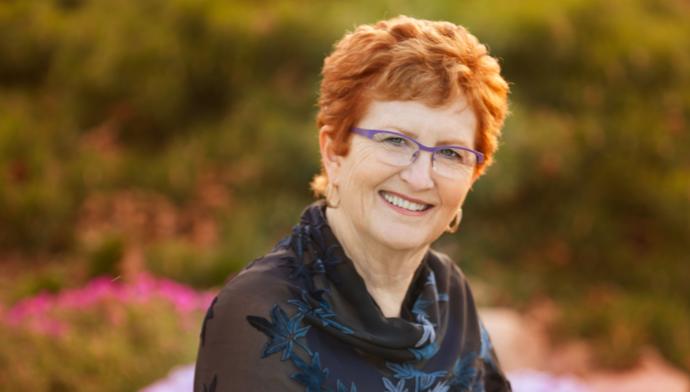






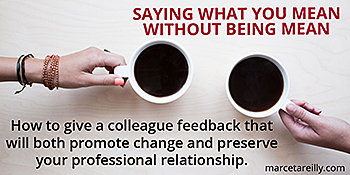 It’s human to want to feel competent. No one likes to be criticized, and we sometimes push back when we get feedback from a co-worker that suggests our performance leaves room for improvement.
It’s human to want to feel competent. No one likes to be criticized, and we sometimes push back when we get feedback from a co-worker that suggests our performance leaves room for improvement. It’s time to stop…
It’s time to stop… As the Thanksgiving season nears, it seems appropriate to talk a bit about the important role gratitude plays in our lives. Neuroscience is showing that gratitude can actually make us healthier.
As the Thanksgiving season nears, it seems appropriate to talk a bit about the important role gratitude plays in our lives. Neuroscience is showing that gratitude can actually make us healthier. Several years ago I read a very enlightening book. It was entitled Women’s Ways of Knowing, by Mary Field Belenky et al. The premise was that adults go through stages in the kind of knowing to which they give the most importance. For women, the stages often begin with knowing from their own personal experiences (intuition), moves to knowing from experts (knowledge), and integrates by knowing what research confirms their lived experience (wisdom).
Several years ago I read a very enlightening book. It was entitled Women’s Ways of Knowing, by Mary Field Belenky et al. The premise was that adults go through stages in the kind of knowing to which they give the most importance. For women, the stages often begin with knowing from their own personal experiences (intuition), moves to knowing from experts (knowledge), and integrates by knowing what research confirms their lived experience (wisdom).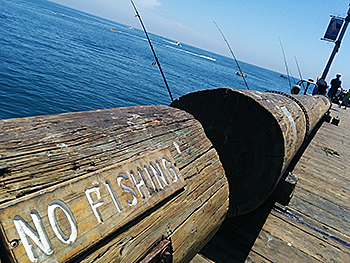 Rules and routines are important in all areas of our lives. They set boundaries for our actions and let people know what our expectations are.
Rules and routines are important in all areas of our lives. They set boundaries for our actions and let people know what our expectations are. How do you change when people around you expect the “old way?” This question comes up frequently in my conversations with school leaders.
How do you change when people around you expect the “old way?” This question comes up frequently in my conversations with school leaders. f my recent presentations, I have been talking about how hard it is to change—especially when it comes to those adaptive challenges that call for us to change our attitudes and behaviors. Adriano Pianesi at
f my recent presentations, I have been talking about how hard it is to change—especially when it comes to those adaptive challenges that call for us to change our attitudes and behaviors. Adriano Pianesi at 
